Ditapis dengan
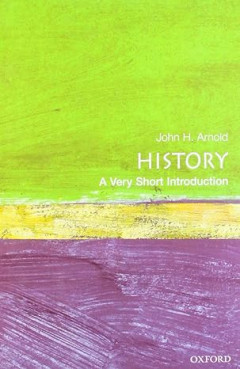
E-book History: A Very Short Introduction
There are many stories we can tell about the past, and we are not, perhaps, as free as we might imagine in our choice of which stories to tell, or where those stories end. John Arnold's addition to Oxford's popular Very Short Introductions series is a stimulating essay about how people study and understand history. The book begins by inviting us to think about various questions provoked by our …
- Edisi
- -
- ISBN/ISSN
- 9780192853523
- Deskripsi Fisik
- 152 halaman
- Judul Seri
- -
- No. Panggil
- 900.0 ARN a
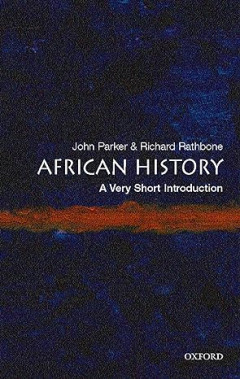
E-book African History: A Very Short Introduction
This Very Short Introduction looks at Africa's past and reflects on the changing ways it has been imagined and represented, both in Africa and beyond. The author illustrates important aspects of Africa's history with a range of fascinating historical examples, drawn from over 5 millennia across this vast continent. The multitude of topics that the reader will learn about in this succinct work i…
- Edisi
- -
- ISBN/ISSN
- 9780192802484
- Deskripsi Fisik
- 185 halaman
- Judul Seri
- -
- No. Panggil
- 960 PAR a 002904-eB-0122

E-book The Three Heavens: Angels, Demons and What Lies Ahead
John Hagee's breathtaking biblical tour of the three heavens takes you inside the timeless clash between the Kingdom of Light and the Kingdom of Darkness and explains why that battle makes all the difference in this world and the world to come. In The Three Heavens, Hagee uses the Word of God, science, and incredible true stories of the supernatural to explore the First Heaven. He then expos…
- Edisi
- -
- ISBN/ISSN
- 9781617953699
- Deskripsi Fisik
- 228 halaman
- Judul Seri
- -
- No. Panggil
- 230 HAG t
E-book Simplified Signs : A Manual Sign-Communication System for Special Popu…
Many children and adults experience considerable difficulty producing or understanding a spoken language despite having adequate hearing levels. Some of these persons may benefit from learning a full and genuine sign language, such as one of the sign languages used by members of a Deaf1 community. They may acquire a substantial vocabulary of signs and learn to combine them into complex s…
- Edisi
- -
- ISBN/ISSN
- 9781800640047
- Deskripsi Fisik
- 1139 hlm
- Judul Seri
- -
- No. Panggil
- 419 BON s
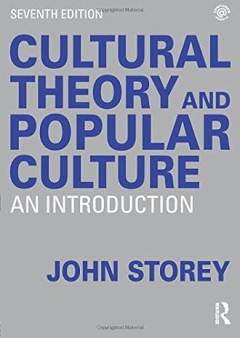
E-book Cultural Theory and Popular Culture: An Introduction, 7th Edition
In this 7th edition of his award-winning Cultural Theory and Popular Culture: An Introduction, John Storey has extensively revised the text throughout. As before, the book presents a clear and critical survey of competing theories of and various approaches to popular culture. Its breadth and theoretical unity, exemplified through popular culture, means that it can be flexibly and relevantly app…
- Edisi
- -
- ISBN/ISSN
- 9781138811034
- Deskripsi Fisik
- 307 halaman
- Judul Seri
- -
- No. Panggil
- 302.23 STO c
E-book The Watlington Hoard : Coinage, Kings and the Viking Great Army in Oxf…
The hoard that forms the focus for this book was discovered on farmland in the vicinity of the small Oxfordshire town of Watlington in October 2015. It consists of 203 coins, most of which were issued by the early-medieval kingdoms of Wessex and Mercia in the late 870s, and silver ingots and metalwork — some in the form of fragmented hack-silver and a single piece of hack-gold. The metalwork …
- Edisi
- -
- ISBN/ISSN
- 9781789698305
- Deskripsi Fisik
- 258 hlm
- Judul Seri
- -
- No. Panggil
- 737.4 NAY t
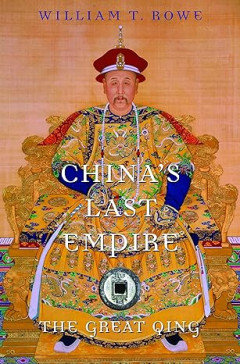
E-book China's Last Empire: The Great Qing
In a brisk revisionist history, William Rowe challenges the standard narrative of Qing China as a decadent, inward-looking state that failed to keep pace with the modern West. The Great Qing was the second major Chinese empire ruled by foreigners. Three strong Manchu emperors worked diligently to secure an alliance with the conquered Ming gentry, though many of their social edicts—especial…
- Edisi
- -
- ISBN/ISSN
- 9780674066243
- Deskripsi Fisik
- 369 halaman
- Judul Seri
- -
- No. Panggil
- 931 ROW c
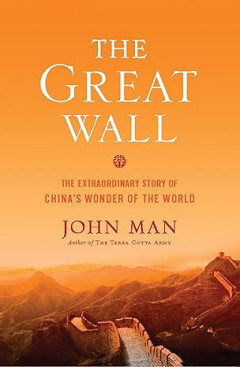
E-book The Great Wall: The Extraordinary Story of China's Wonder of the World
The Great Wall of China is a wonder of the world. Every year, hundreds of thousands of tourists take the five-mile journey from Beijing to climb its battlements. While myriad photographs have made this extraordinary landmark familiar to millions more, its story remains mysterious and steeped in myth. In this riveting account, John Man travels the entire length of the Great Wall and across two m…
- Edisi
- -
- ISBN/ISSN
- B001NRNIP8
- Deskripsi Fisik
- 349 halaman
- Judul Seri
- -
- No. Panggil
- 931 MAN t
E-book Clachtoll : An Iron Age Broch Settlement in Assynt, North-west Scotland
Assynt is well known for its complex geology and was the field laboratory of 19th-century geologists Benjamin Peach and John Horne, who pioneered geological mapping techniques and the modern understanding of processes of geological thrust, opening up new possibilities in the study of landscape formation and evolution. Some of the world’s oldest rocks are found in Assynt, gneis…
- Edisi
- -
- ISBN/ISSN
- 9781789258486
- Deskripsi Fisik
- 399 hlm
- Judul Seri
- -
- No. Panggil
- 930.16 ALL c
E-book Garranes : An Early Medieval Royal Site in South-West Ireland
The significance of Garranes lies partly in the date of Lisnacaheragh, believed to have been built in the fifth century AD. That is early in the history of the Irish ringfort, the origins of which remain unclear. The evidence of specialist craftworking in metal, glass and enamel from Lisnacaheragh testifies to the importance of the site. The dis…
- Edisi
- -
- ISBN/ISSN
- 9781789699197
- Deskripsi Fisik
- 402 hlm
- Judul Seri
- -
- No. Panggil
- 930.1415 OBR g
 Karya Umum
Karya Umum  Filsafat
Filsafat  Agama
Agama  Ilmu-ilmu Sosial
Ilmu-ilmu Sosial  Bahasa
Bahasa  Ilmu-ilmu Murni
Ilmu-ilmu Murni  Ilmu-ilmu Terapan
Ilmu-ilmu Terapan  Kesenian, Hiburan, dan Olahraga
Kesenian, Hiburan, dan Olahraga  Kesusastraan
Kesusastraan  Geografi dan Sejarah
Geografi dan Sejarah